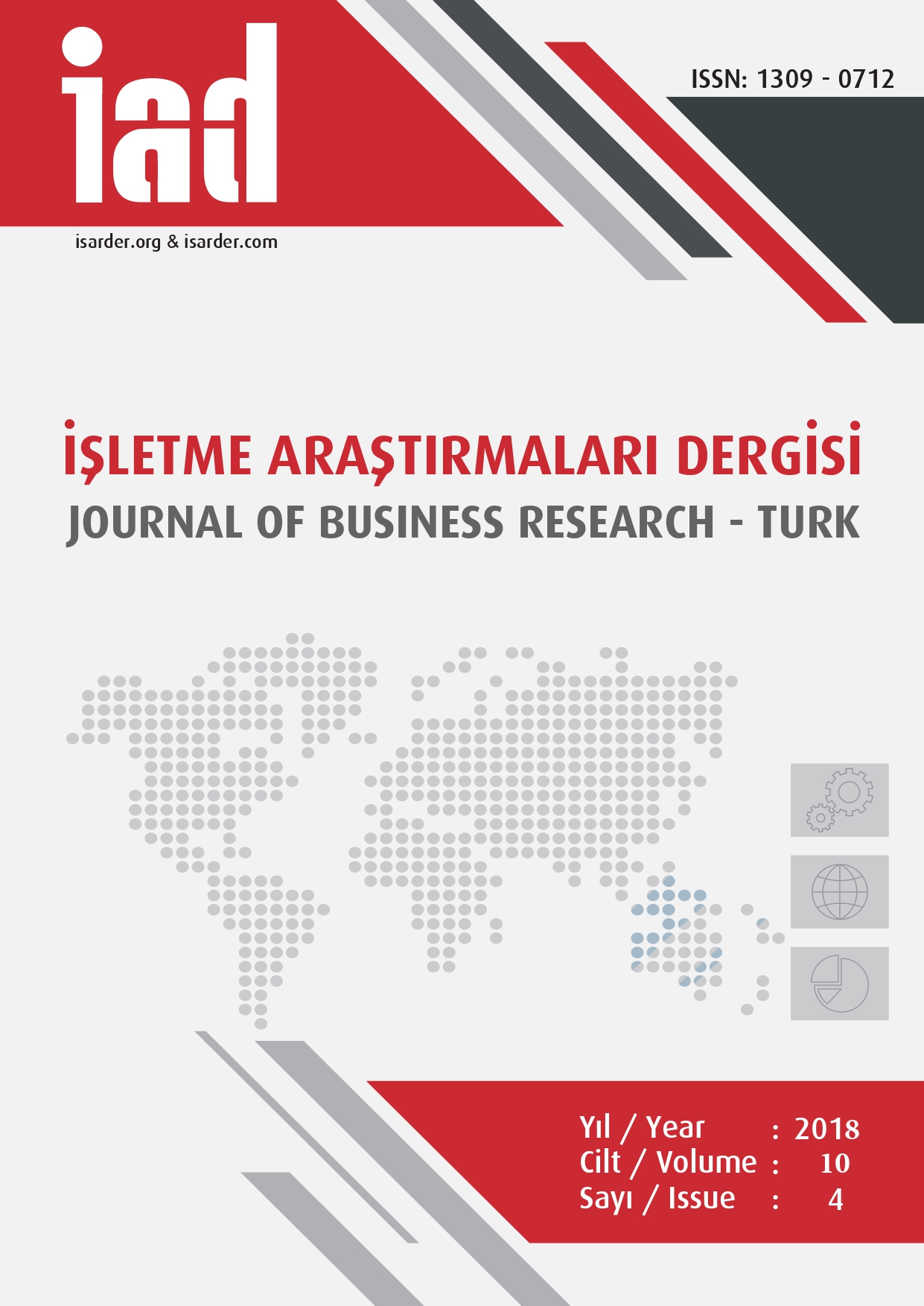Application of Activity Based Costing in Reverse Logistics Environment: A Case of End-of-life Vehicle Recovery in Turkey
Application of Activity Based Costing in Reverse Logistics Environment: A Case of End-of-life Vehicle Recovery in Turkey
Author(s): Semra Aksoylu, Neslihan DemirelSubject(s): Business Economy / Management, Energy and Environmental Studies, Financial Markets, Transport / Logistics
Published by: Orhan Sağçolak
Keywords: Logistics Cost Management; Reverse logistics; Activity Based Costing (ABC); End-of-life Vehicle (ELV);
Summary/Abstract: Nowadays, there has been a growing interest in reverse logistics in both theory and practice due to legislations, economic and ecological benefits, and social responsibilities. If enterprises incorporating reverse logistics activities to its structure want to realize the required level of customer service and comply with related obligations at the lowest total cost, analyzing the actualized reverse logistics activities and correct determination and reduction of costs of these activities are essential for them. Traditional accounting methods are inadequate for accurate assignment of overhead costs. In this paper, an actual application of Activity Based Costing (ABC) to reverse logistics activities is presented in order to help managers to improve their understanding of costs that arises from reverse logistics activities. An illustrative case study in the end-of-life vehicle (ELV) recovery industry in Turkey is presented to demonstrate the steps of how ABC is applied to reverse logistics systems. The results enable to efficient management of reverse logistics activities and their costs in an ELV recovery chain and exhibit which reverse logistics activities performed by a dismantler cause the highest cost and can be improved. In the case study, products (ELVs) are evaluated as inputs and the obtained materials from reverse logistics activities are evaluated as outputs of the system by force of the nature of reverse logistics. Results show that while most cost of the company (52.7%) was related with the output of B Group of components/parts (sent to shredders); the minimum cost (12.3%) was realized for the output of A Group components/parts (sent to recyclers). The remaining 35% of the costs belong to the C Group of outputs (sent to secondary markets).
Journal: İşletme Araştırmaları Dergisi
- Issue Year: 10/2018
- Issue No: 4
- Page Range: 953-973
- Page Count: 21
- Language: English

